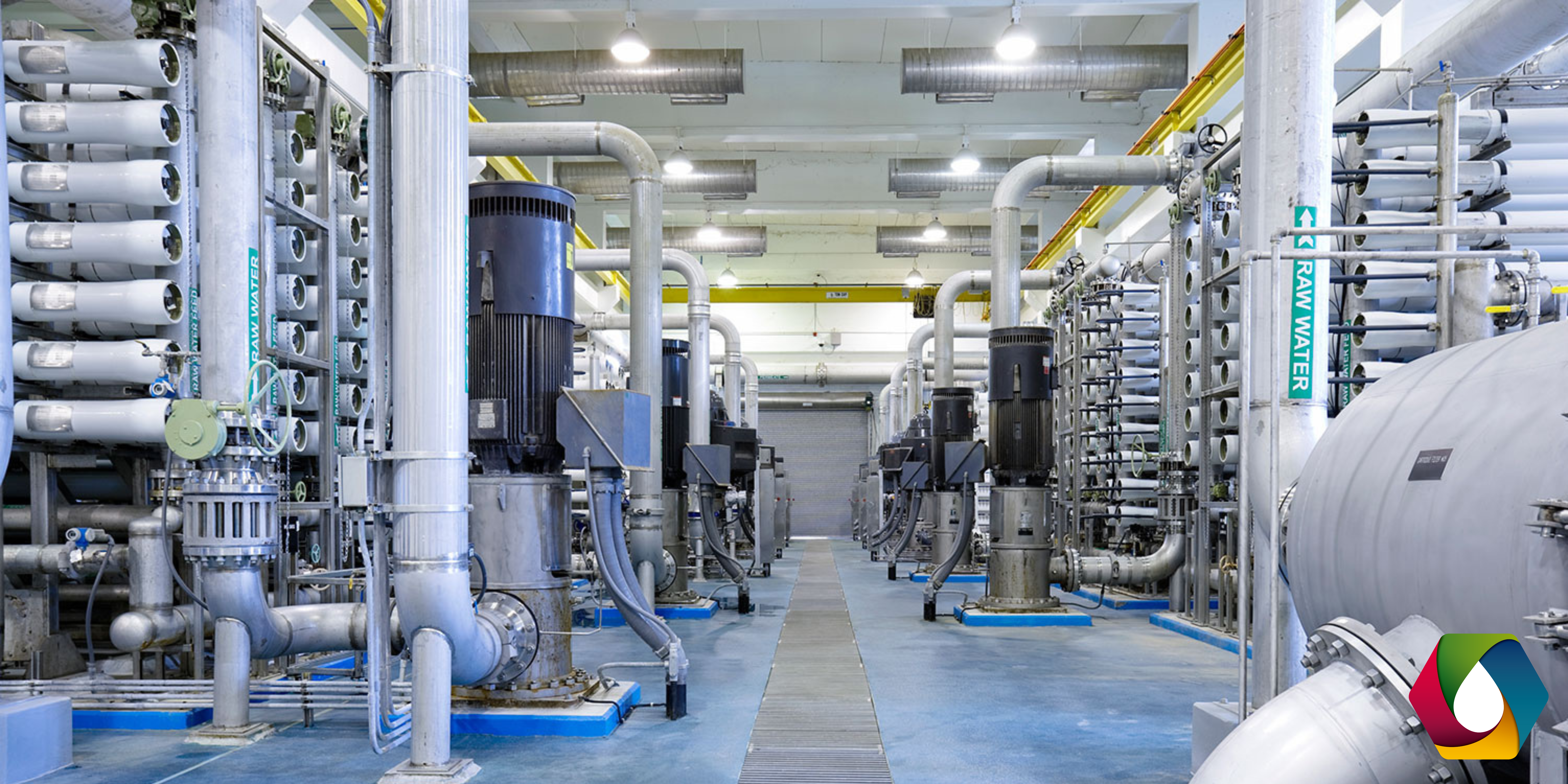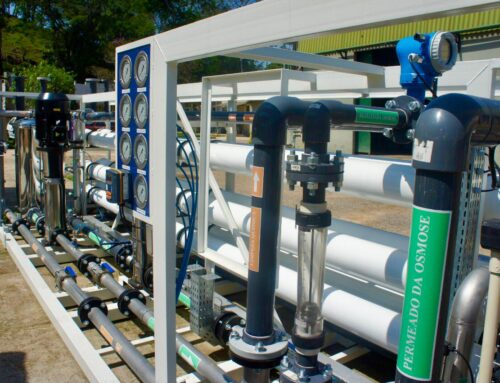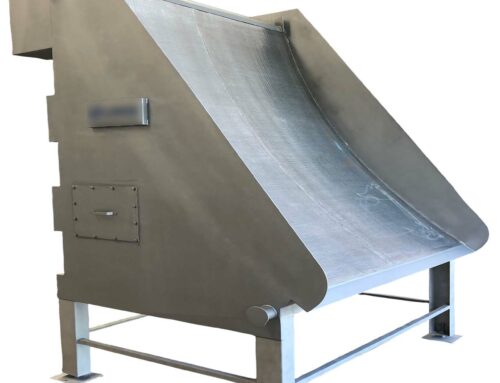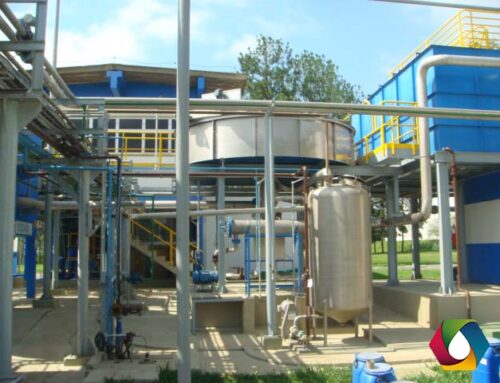A desalination system is a set of equipment and processes that remove salt and other dissolved minerals from salt water to make it drinkable. There are several methods of desalination, including reverse osmosis, evaporation and distillation. These systems are used in areas where potable water is scarce, such as in coastal regions or desert islands.
working process
Desalination processes usually include removing salts and minerals from salt water through physical or chemical methods. Some of the common processes include:
- Reverse Osmosis: It is a physical process that uses a semipermeable membrane to separate water from salt. Pressure is applied to salt water to force fresh water through the membrane, leaving salts and minerals behind.
- Evaporation: is a physical process that uses heat to evaporate water, leaving salts and minerals behind.
- Leaching: is a chemical process that uses acid or caustic soda to dissolve salts and minerals, allowing drinking water to be separated.
- Desalination by distillation: This is a physical process that uses heat to evaporate water, leaving salts and minerals behind.
- Electro-desalination (ED): is a physical process that uses electricity to separate salts and minerals from water.
The choice of desalination process will depend on the quality of the incoming water, the volume of water required and the budget available for the project.
A desalination system can bring many benefits, including:
- Drinking water supply: It is an effective way to provide clean water to areas with water scarcity or where the groundwater is salty.
- Reducing dependency on external water sources: Desalination systems can allow communities and industries to become less dependent on external water sources such as rivers or lakes.
- Improved water quality: It can remove impurities and contaminants, improving water quality.
- Expansion of power generation capacity: Some desalination processes, such as reverse osmosis, can be combined with power generation to increase system efficiency.
- Possibility of use in remote areas: This system can be designed to work in remote areas and with little access to water infrastructure.
- Reduced pollution: Desalination can help reduce water pollution, especially if combined with other water treatment methods.
- Expansion of possibilities for agriculture in arid and semi-arid regions.
Desalination systems can be used in a variety of applications, including:
- Drinking Water Supply: Desalination is an effective way to provide clean water to areas with water scarcity or where the groundwater is salty.
- Industries: Desalination systems can be used to provide fresh water for industries such as agriculture, mining, and oil and gas production.
- Ships and offshore platforms: Desalination systems can be used on ships and offshore platforms to provide fresh water for crew and operations.
- Coastal communities: Desalination systems can be used to provide fresh water to coastal communities such as islands and coastal towns.
- Remote communities: Desalination systems can be designed to work in remote areas with little access to water infrastructure.
- Agriculture: Desalination can enable agriculture in arid and semi-arid regions, expanding possibilities for food production.
- Emergency communities: Desalination systems can be used in emergency situations, such as natural disasters or accidents, to provide safe drinking water to affected people.






